
by Purnima Ramakrishnan | Oct 14, 2015 | 2015, India, Purnima, The Alchemist, Travel, World Moms Blog, World Motherhood
Today, I am going to tell the story of Lalit Galle whom I met in the Cinnamon Islands in Sri Lanka. He is a cinnamon peeler.
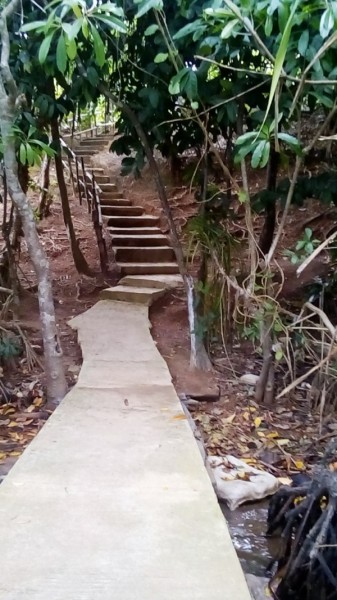
Entry to Cinnamon Islands
So, this last May, we went as a family for a vacation to Sri Lanka. It is a beautiful; tropical country and nice place to spend some leisure. There are all kinds of things to do, and it was a great time for us as a family, because we all got to do something. One such memorable trip was a River Cruise across Madu River.

Cruising on Madu River
There are a lot of tiny islands strewn around in the Madu river. The Cinnamon Island is a large island with a lot of (you guessed it right) cinnamon trees. Its bark is used as a spice in tea, coffee, gravies, and pies. So, it is here that I met Mr. Lalit Galle, who works on the cinnamon inlands. While shaving away the bark from the stick of cinnamon, he explained that his salary is just 20,000 Sri Lankan rupees (142 USD) per month.

A beautiful traditional river house on the banks of Madu River
He continued to shave the cinnamon strips while explaining about the cost of living and that this meager salary is not sufficient for his sustenance. He needs at least 40,000 Sri Lankan rupees to get by. He has two children, a 9 year old daughter and a 2 year old son. His wife and children stay in another Island, Bentota, where he travels to every weekend. He stays for just a day with his family and leaves to return back to the Cinnamon Island where he is employed.
Yes, that is definitely tough to be away from his family.
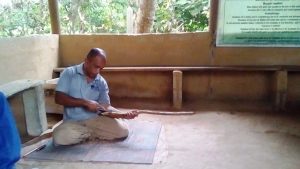
Mr. Lalit Galle shaving his cinnamon stick
He explained that his wife does some odd jobs around Bentota Island to make ends meet while her parents and her in-laws take care of the kids during the day.
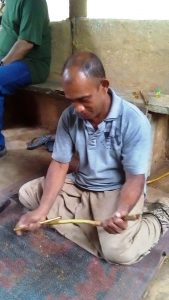
Mr. Lalit Galle shaving his cinnamon stick
As I left, he told me that, one day he dreams to be able to live together as a family with his wife and children.
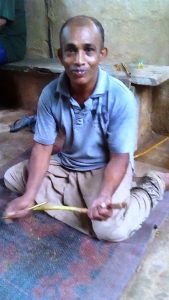
Mr. Lalit Galle proudly displaying his cinnamon stick
So, why am I telling you all this story of Lalit?
Life has its ups and downs. And since a few days ago I was feeling down. I assure you all, it was nothing serious, just a phase. But here I was swamped in my own tiny little world, and letting things get me down. Lalit’s story made me realize how important it was to be thankful to hug my family.

#WorldMom Purnima and Mr. Lalit Galle at the Cinnamon Islands
Lalit Galle dream in life was to live as a family with his wife and children.
Yes, everyone has their troubles, their miseries, their ups and downs in life, and we must muddle through. Feelings and emotions cannot change. But then, we just need to move forward, and work it all out, somehow.
As we rowed away, bidding goodbye to Mr. Lalit and the Cinnamon Islands, with the vibrant aroma of cinnamon becoming lighter and lighter, I said a little prayer for Mr. Lalit.
Has anyone else’s life affected the way you think in your life?
This is an original post from our World Mom and Senior Editor in India, Purnima Ramakrishnan. She wrote this on her vacation to Sri Lanka in May 2015.
Her contributions to World Moms Blog can be found here. She also rambles at The Alchemist’s Blog.

by Karyn Wills | Oct 7, 2015 | 2015, New Zealand, World Motherhood
With no definitive family religion, it’s been one of my conscious parenting decisions to create and maintain family rituals on which my kids can hang their memories.
One that began five years ago, when my youngest was just over a year old, was sleeping in the lounge (family room) for a night. It’s one of those times the kids love, and I enjoy because they get so much pleasure from it. It’s a little event, in the picture of raising them, but it’s become really important for our sense of togetherness.
Last night, we had our first sleep in the lounge in our new home. To tell the truth, I’d been avoiding it. I’ve been working three part-time jobs for the past few months and our clocks have just changed to Daylight Savings Time, here, in New Zealand. Being a solo parent has been fine, but it requires a lot of concentration, no zoning-out hoping that someone else will share the load: there is no-one else around.
I was exhausted and in need of the best night’s sleep I could get. But it’s also school holidays and if it hadn’t happened now, it was unlikely we’d have it before Christmas.

The boys were great, they organised a queen sized mattress for the youngest and I, and pulled out piles of duvets and pillows. The excitement level was high, and there were no complaints about wifi turning off and devices going away. The fun began with pillow fights and giggles, wrestling, cold feet being placed on the warm backs and stomachs of others and, eventually, somehow, naked boys and intense belly-laughs.
It was fun. Great fun. And I could feel the sense of comradeship increase over that half hour or so. Then I turned out the lights and called a halt to the shenanigans.
We began to chat in the dark. I told them anything said would be held in confidence and was not to leave the room. I asked the first question: “What scares you and what excites you?” My eldest followed up with, “What’s a thorn from this week and a rose from this week?” These were great starters, all three responded openly and age-appropriately. As did I. Then the magic happened.
I asked my boys if there was anything I needed to know.
Their responses to that were phenomenal: open, vulnerable, honest and real. Their authenticity blew me away and long after they were all sleeping, I lay awake considering what they had shared. It truly was one of those big moments in life.
And when three alarms went off at 6.30am I found I had slept the best I had all week. Go figure.
Do you have family rituals? Have you had small events that have turned out to be big moments in your parenting?
This is an original post to World Moms Blog by Karyn Wills of Napier, New Zealand.
Image credit to World Moms Blog.
Karyn is a teacher, writer and solo mother to three sons. She lives in the sunny wine region of Hawke’s Bay, New Zealand in the city of Napier.
More Posts

by Orana Velarde | Oct 1, 2015 | 2015, Culture, Indonesia, Travel, World Interviews
Sit back and take a trip with us to the Pacific, where World Mom, Orana Velarde, reports on the majestic Balinese culture…
Every place in the world has icons that represent it, an image recreated in all sorts of knickknacks and souvenirs for visitors to take home; usually a part of the culture that has much more meaning than can be inferred from a multicolored T-Shirt or fridge magnet. When visiting Paris, it is the Eiffel Tower. But since our family moved to the island of Bali, we have become acquainted with the cultural icons and mythical ceremonial creatures, Barong and Rangda, that ti s known for.
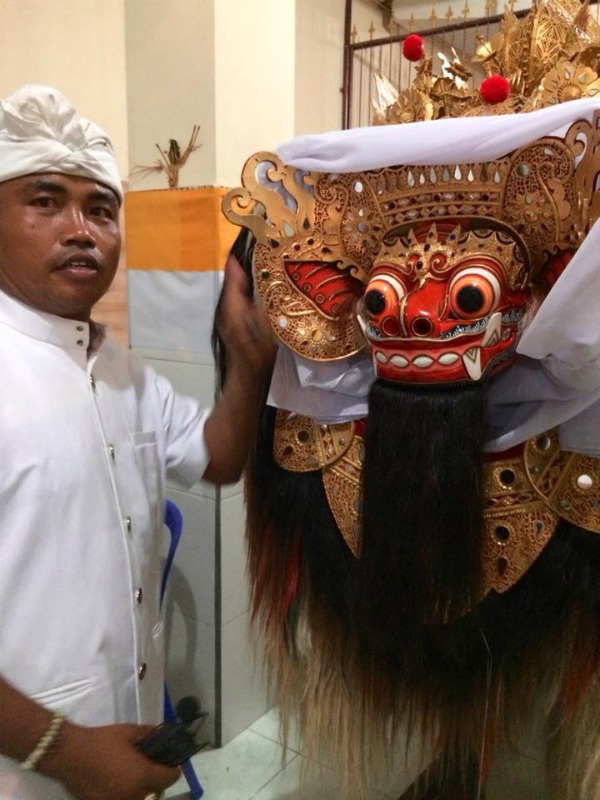
Barong is the king of all the spirits that strive for good on the island and looks like a mix between a dog and a lion covered with long thick hair and fiery eyes adorned with sparkly mirrors. His ultimate enemy is the evil widow witch, Rangda, with whom he fights to restore balance to the universe. She is embodied as an old disfigured woman with a long evil tongue, huge beady eyes and clawed fingers.
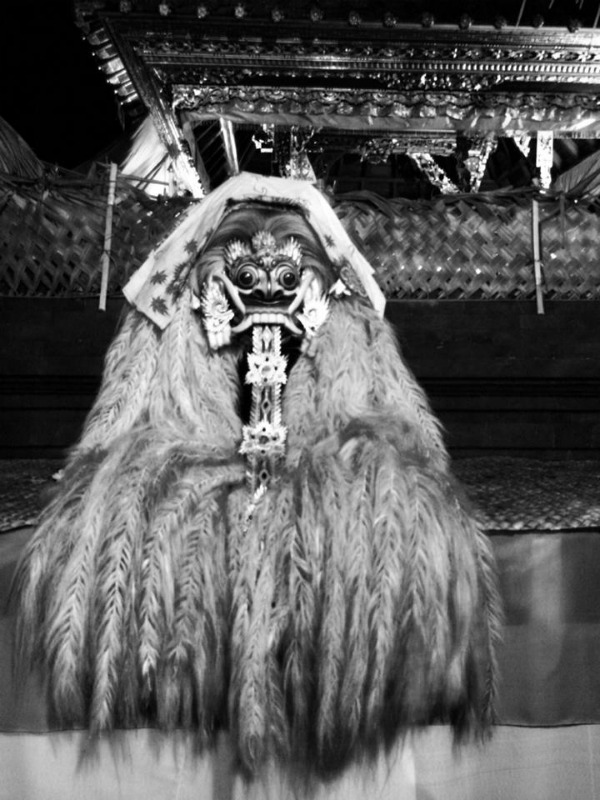
The most common representation of the Barong and his enemy Rangda is the Barong dance, in which dancers dress as the creatures to tell the story of the vengeful widow (Rangda) whom fueled by fury sets out to destroy the entire village that defied her. The village emissary fights her with good magic and turns into the Barong, saving the soldiers and the villagers from Rangda’s evil wrath.
For the sake of mass tourism, there are Barong dances held every night in the artist town of Ubud, but the original Calonarang ceremony and dance is only held in village temples and accompanied by spiritual trances and ritual offerings. These can last hours and late into the night, with a procession to the village graveyard and lots of Gamelan music.
It is believed that once you are at the ceremony you cannot leave, because the spirits are roaming the village and you wouldn’t want to run into them.
Just like there are tourist-centered Barong dances, there is also a mass production of Barong and Rangda masks for tourists to buy and for hotels and other cultural places to use as decoration. But the masks and costumes that are worn to animate the Barong and the Rangda are ceremonially crafted and hold all kinds of special connotations. The barong masks can only be made from the wood of the Pule Tree and permission must be asked of the spirits before the tree is cut down.
Most temples grow their own Pule tree so that when it is large enough, they can use it to make Barong masks that will belong to the temple.Out of one tree, depending on the size, two or three Barong masks can be crafted; these will be the Barong of that temple as if they were brothers. Once every Balinese year (210 days) they must come back to the temple for a Calonarang ceremony. When not in use, the ceremonial masks are wrapped in cloth and put away in baskets to keep the magic contained.
A few months ago my husband was invited to a real Barong dance (shown below) in a village about an hour away from our home. He told me it was one of the most surreal experiences he had ever had. The dancers were in trance and the masks and costumes of Barong and Rangda were impressively powerful. The ceremony lasted all night and ended almost at dawn.
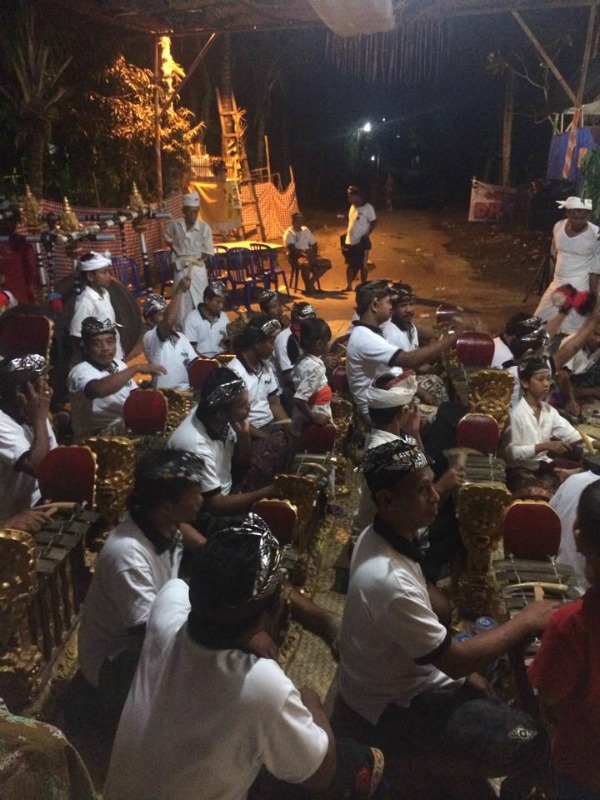
And my kiddos love finding Barong masks all over the island. They like it even more when they find an entire Barong costume in a holding podium so they can climb inside it.
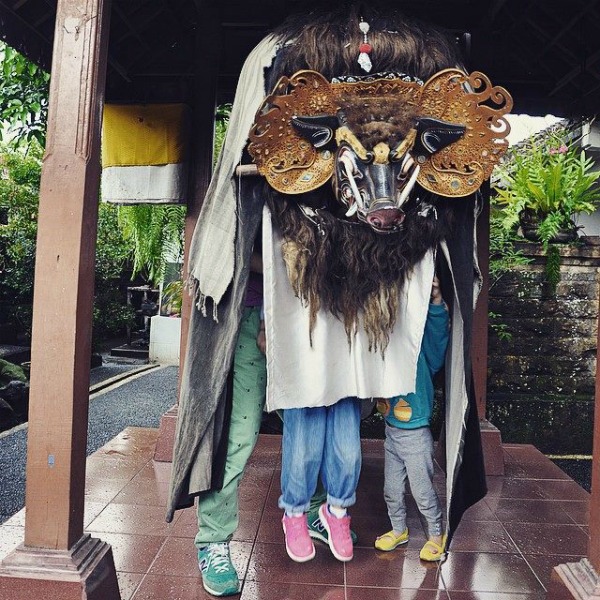
Barong and Rangda have become symbols for the island of Bali, just like the Eiffel tower for Paris and Macchu Picchu for Peru. If you are ever in Bali you should definitely see a Barong dance, but if you by chance get invited to a Calonarang Ceremony, be prepared for the experience of a lifetime.
What is your city, town or region known for where you live? What graces the local souvenirs?
This is an original post to World Moms Blog by World Mom, Orana Velarde in Bali, Indonesia.
Photo credits to the author.

by Piya Mukherjee | Sep 24, 2015 | 2015, India, Piya Mukherjee, World Motherhood, Younger Children
In this post, World Mom, Piya Mukherjee in India has shared an excerpt from her motherhood diary. Many of us have gone through this same experience with our children when they were small, but ever did we think a mom on the other side of the world was playing the same game?…
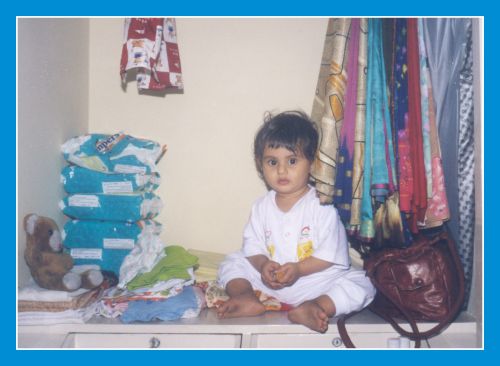
These days, I seem to be in the middle of an affair with scissors and cellotape (Scotch tape). Come rain or shine, be it noon or night, these two innocuous objects have inexplicably developed a strong attachment for me, and I, for them. Diapers, I can understand, baby oil and soap, quite naturally; and toys? – but of course. But cellotape and glue?
Actually, there is a simple explanation. Abhishek, my over-a-year-old-but-not-yet-two son, adores books. He loves to feel them, dribble on them and even chew the pages meditatively, if they seem interesting enough. He turns pages and stabs his tiny fore-finger below each picture, a cue for me to explain what it is (never mind that I had done just that an hour ago!). Once, he even subjected his book on animals to the indignity of a bath – in a warm puddle of his own making!
Given his proclivity towards books, it seems logical that pages will often tear under his enthusiastic but clumsy fingers.
And what happens to that poor little torn page? It is promptly placed in Mama’s hands, where, with immediate ministrations of glue, scissors and cellotape, the book becomes whole once more. Albeit in a battered sort of way.
Meanwhile, the guilty party shuffles on his feet and darts me repentant glances from beneath lowered lids. I launch into a lofty sermon on why books should be treated with care and respect. Next comes the message “This is definitely not on.” Finally, the tete-a-tete ends with a pat on his back and a “Be careful in future.”
Abhi gives me a smile of relief, which clearly says, ”Won’t happen again, Ma!” I grin back and hand over the pieced-together book. Grabbing it gleefully, he toddles off to his favourite corner. Soon, he happily retreats into a cozy, private cocoon of books, imaginary friends and one-sided babble. Sighing in relief, I turn back to my work. Feeling the contentment that comes from a job well done, a clear message given to a young, impressionable mind.
I laugh, remembering the time I caught him in the act of throwing a torn page into the waste-paper bin. To avoid the inevitable reprimand, he had decided to do away with the evidence! The crumpled picture of a bright green spinach was duly rescued and given its rightful place in its book – with the help of the omnipresent duo, of course.
I start dreaming of the day when Abhi will use his knowledge to make a positive difference to his world. Information will no longer be restricted to books. The ubiquitous computer will occupy prime space in his life.
But books are likely to be his loyal companions for a long time to come…Will he then remember his first books and their colourful pictures? That picture of boat with its sail under cellotape? And the gentle lamb in his book of Nursery Rhymes, its tail in tatters? Maybe he will…
The peace is abruptly broken by the sound of ripped paper. A curly-haired head is bent in contrition. Two little hands are guiltily fingering a torn bit of paper, as if to ask, “How on earth did this happen again?” Sigh! It’s time to reach for the cellotape and glue once more!
(The little reader finds shelter in his mom’s cupboard, after one episode too many of ripped pages.)
Have you ever wondered about all the mothers around the world facing the same day to day as you? Where are reading this from? Leave us a comment!
This is an original post to World Moms Blog by World Mom, Piya Mukherjee of Mumbai, India.
Photo credit to the author.
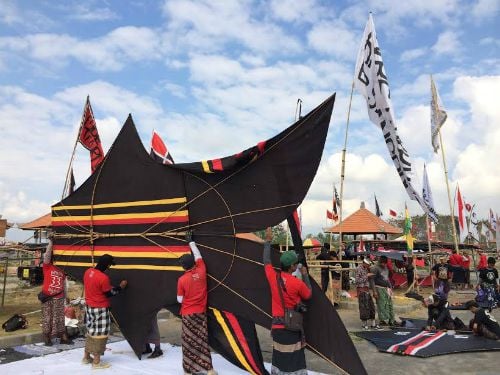
by World Moms Blog | Sep 8, 2015 | 2015, Asia, Guest Post, Indonesia, World Motherhood
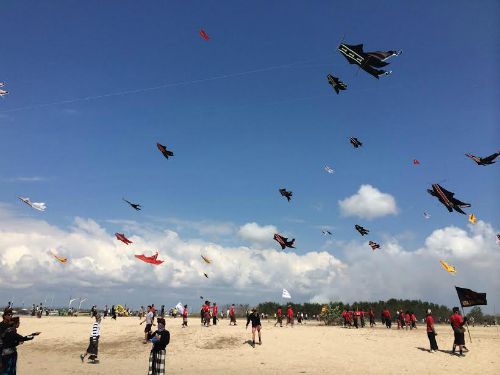
Dry season on the island of Bali brings along some really strong winds; the whistling, tree bending kind. It’s still extremely hot, but at least the afternoon winds are refreshing, making it the perfect conditions for kite flying season.
This year I promised the kiddos that I would get them a kite to fly in the park. I found a little shop close to the school that sold some inexpensive kites in the shapes of dragonflies. I bought a red, black and yellow one and took the kiddos to the Lapagnan Puputan Park after class. In fact, the lady that sold me the kite spoke to me in her native Indonesian and said the kite was 15 thousand rupiahs, but I understood 50 thousand. Thankfully, she was kind enough to chase after me with my change when I had already walked away with the kite. Expat life…
The winds were so strong that it really was not that easy. Unfortunately, our string wasn’t a full constant thread but had a knot tying two pieces together. It didn’t take long for it to break with the wind. Big Kiddo decided to run while holding the kite and he had a better time of it. On that note, next is a photo from a much more successful kite flying attempt he had with his father weeks prior by the ocean. Check out his airplane kite!

We love seeing the kites everywhere, out the windows of our house and when we drive somewhere the kiddos always find new ones with beautiful colors and start counting how many owl shaped ones or how many fish ones they see on a trip somewhere.
Kite flying in Bali is not just a pastime for the kids; it is a cultural and religious phenomenon that takes over life itself for the entire dry season.
Between May and September, the sky is spotted with kites, of all sizes and colors; many are as far away as a kilometer it would seem (I’m sure it’s not that far up, but it feels like that).
Everywhere you look there are kids flying small kites, in parks and beaches there are groups of men flying giant kites, on the sidewalks kids making kites out of sticks and plastic bags.
There is no piece of sky untouched by a kite on a string. You may even trip on one if you aren’t paying attention. If the winds are good, the kids will tie their kite to a rock or tree and play ball while it flies.
Why are kites so important in Bali?
Kites are seen as an offering to the gods, a fun way to appease the demons, and good old competition. All with the hopes of having a successful harvest that year.
Apart from the kites for children, there are ceremonial kites that can be so big they need teams of 10 men to fly. They come in different combinations of red, black and white.

Every August, the village of Sanur holds a kite flying competition on the beach. There are three different categories, the classic fish shape kite, kites with a tail that can be as long as a 100 meters, and “new creation” kites which are usually animals or other crazy constructions.
Every team of kite fliers has flyers, flag bearers, and Gamelan musicians to accompany the flying of the kites. The competition consists of points for best launch, height of flight, length of flight and amount of control. Kudos for the kites that don’t fall to the ground!
Made with very thin cloth sewn onto bamboo sticks, the traditional fish-shaped kite is the kind that the kids learn to make at school with pieces of plastic bags. Once the kites are ready to be taken somewhere to fly, be it for the competition or for practice, the flying teams pack up the kites together on a truck, stopping traffic for almost an hour. Whenever we run into one, the kiddos love seeing what kinds of kites are being packed on the truck.
Given my own attempts at kite flying, perhaps next time we’ll just enjoy watching the experts!
This is an original guest post to World Moms Blog by Orana Velarde of Bali, Indonesia. She can be found on her blog, Crazy Little Family Adventure.
Photo credits to the author.
World Moms Blog is an award winning website which writes from over 30 countries on the topics of motherhood, culture, human rights and social good. Over 70 international contributors share their stories from around the globe, bonded by the common thread of motherhood and wanting a better world for their children.
World Moms Blog was listed by Forbes Woman as one of the "Best 100 Websites for Women 2012 & 2013" and also called a "must read" by the NY Times Motherlode in 2013. Our Senior Editor in India, Purnima Ramakrishnan, was awarded the BlogHer International Activist Award in 2013.
More Posts

by To-Wen Tseng | Sep 7, 2015 | 2015, China, Death and Dying, Humanity, Refugees, To-Wen Tseng, USA, World Motherhood
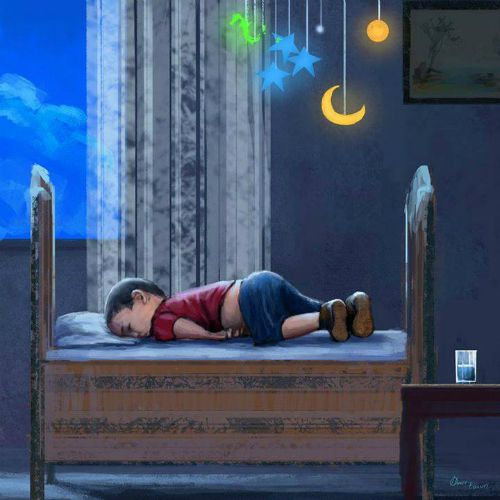
I have a story about being a mother and a refugee.
It was 1949, in the middle of Chinese civil war. A mother trying to escape from the war-torn China got on a refugee boat in Guangzhou with her 3-year-old and 1-year-old.
The boat was sailing to Kaohsiung. Soon after they left the port, the two children started to cry. People on the boat were afraid that the kids crying would attract the communist navy searching for refugees on the sea, and were going to throw the kids into the sea.
The mother fought against those people with all her strength, promising that she would stop the children crying. She took off her blouse, put the two kids under her arms, one on each side, and then put her nipples into the kids’ mouths. Comforted by their mother’s breasts, the children calmed down. The mother kept nursing her children until they arrived in Kaohsiung safely two days later.
The mother in the story was my grandmother. Those two children were my father and my uncle.
I heard the story from my grandmother when I was a little girl. It’s been such a long time that I almost forgot about it, or I never really paid attention to it. I was too young to understand what being a mom, or being a refugee is really like.
Then the #HumanityWashedAshore image of a 3-year-old Syrian boy lay dead on the beach shocked the world. It is reported the boy, Aylan, drowned with his mother and 5-year-old brother on a short run from Turkey to the Greek Island of Kos.
The image shocked me, too. I thought of my 2-year-old, more than that I thought of my grandma. For the first time, I tried to imagine what it really was like for a 20-year-old young mother to get on an over-loaded refugee boat with two toddlers and to continue to breastfeed them for two days in the middle of the sea to flee from violence, oppression and poverty. How hard, or how dangerous it could be? My grandma said, “we could have died.” Now I knew she was serious.
Aylan was not one person. Three more children died last night trying to cross that TWO MILES to safety.
Aylan could be my dad, or my uncle, or any of us. War was never very far away from us. It’s often just one generation or two miles away.
Aylan’s father told The Telegraph, “let this be the last.” I hope so but highly doubt it. History repeats itself. When will we ever learn?
Read more: Things we can do to help. Now.
This is an original post to World Moms Blog by To-wen Tseng of California, USA.
Photo credit to Europe Says OXI.


































